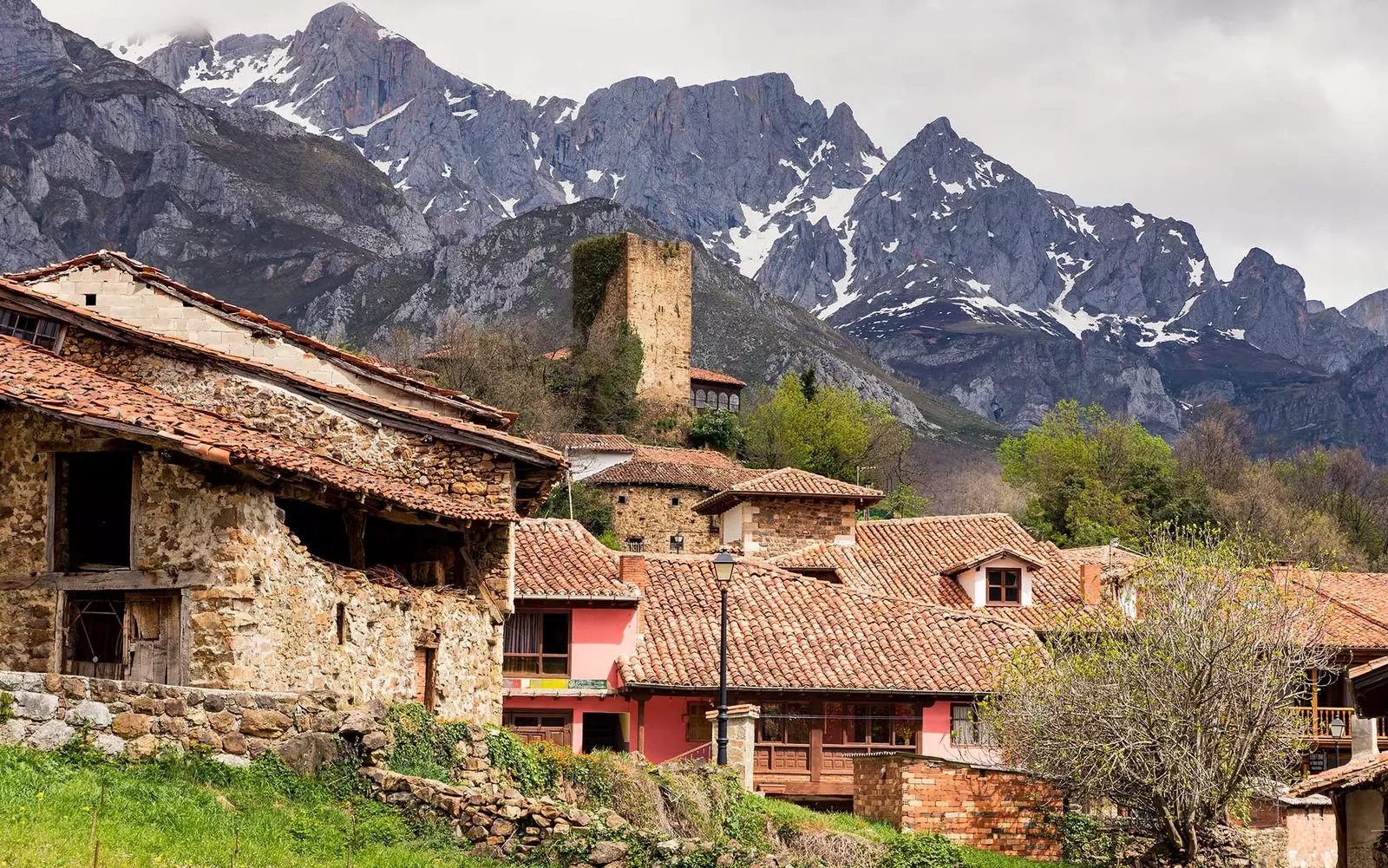
If you are going to travel in autumn, let it be to the Liébana valley.
Autumn, thanks to the sunny and prolonged summer that we have enjoyed during this atypical year, has arrived with more force than ever north of spain . The leaves of the trees show their best clothes before letting themselves fall while the chestnuts get fat, knowing that they will be next. It is a natural spectacle that, although it is repeated every year, does not lose its beauty and attractiveness; **and if there is a place to contemplate the force of autumn, that is Liébana**.
Hidden **between the peaks of the Cantabrian Mountains and the Picos de Europa **, the remote Cantabrian valley can only be reached through three hits . **From León**, the N-621 crosses what was the original nucleus of the Reconquest, lands where those who escaped from the Muslims took refuge: high meadows watered by winding rivers that die in the Riaño reservoir , guarded by slender peaks that close any exit to the outside, and that seem to have no end until the port of san glorio (1599 m).
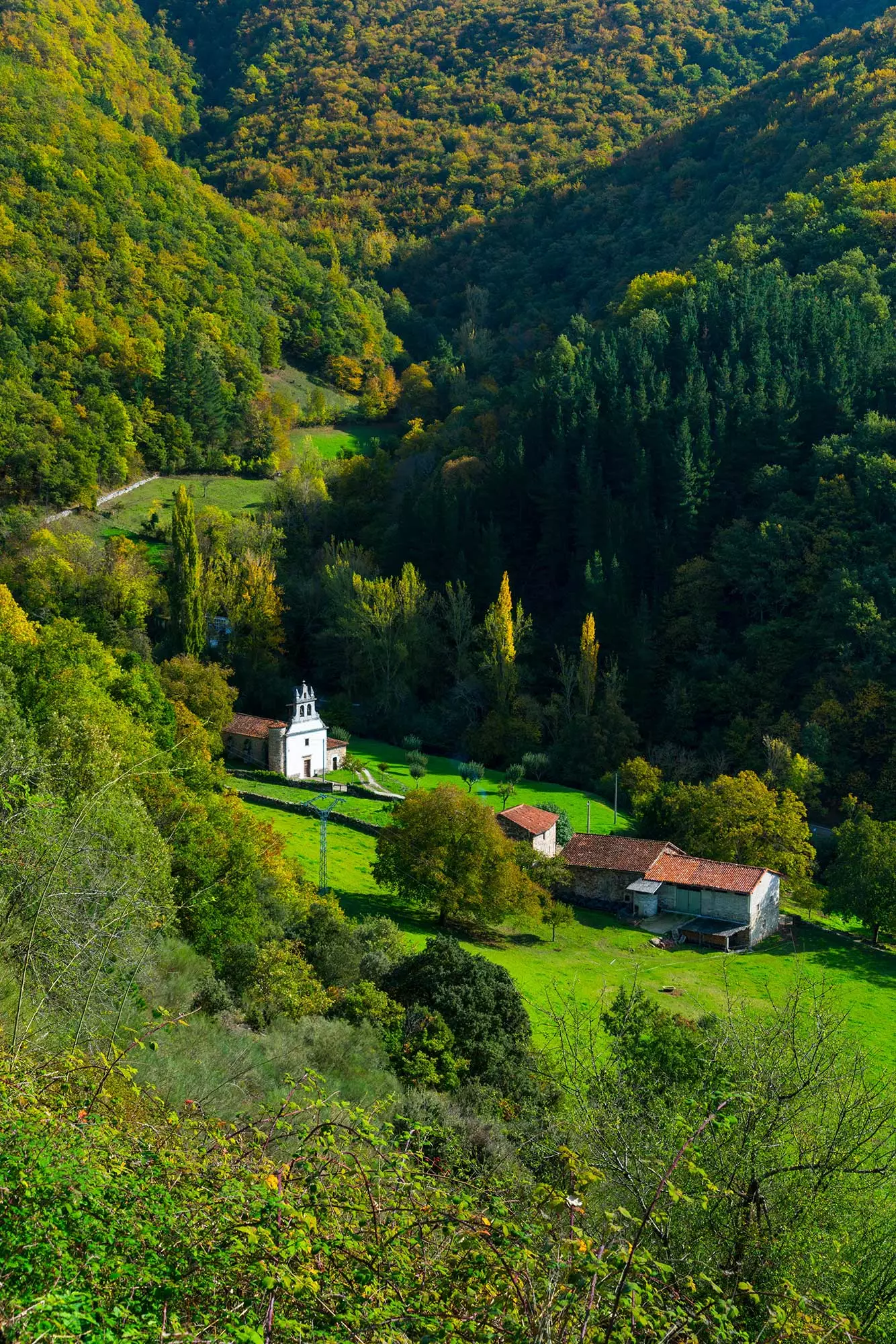
The Liébana Valley is a display of beauty for all visitors.
The same impression is received by those who approach **from Palencia**, following the course of **a young Pisuerga who bathes Palencian Romanesque jewels such as San Salvador de Cantamuda** (12th century) and waters the beech and oak groves that make it famous to the Natural Park of Fuentes Carrionas . The golden, crimson, brown and musky tones follow one another along the path, as a prologue to what will be seen from the high viewpoint of the port of Piedrasluengas (1402m).
The third option is to enter Liébana **following the course of the Deva from Cantabria **, where this short but brave Lebaniego river ends in the estuary of Tina Mayor . Before reaching the Bay of Biscay, the Deva has had to face the rough limestone of the Picos de Europa, hard to crack, giving rise to one of the most emblematic roads in our country: the Hermida Gorge . The river, swollen by the autumn rains, floods with its roar the vertical walls that surround it, similar to the spikes of a fakir's bed, guarded by vultures, falcons and tightrope walkers that find home and refuge in the steep heights.
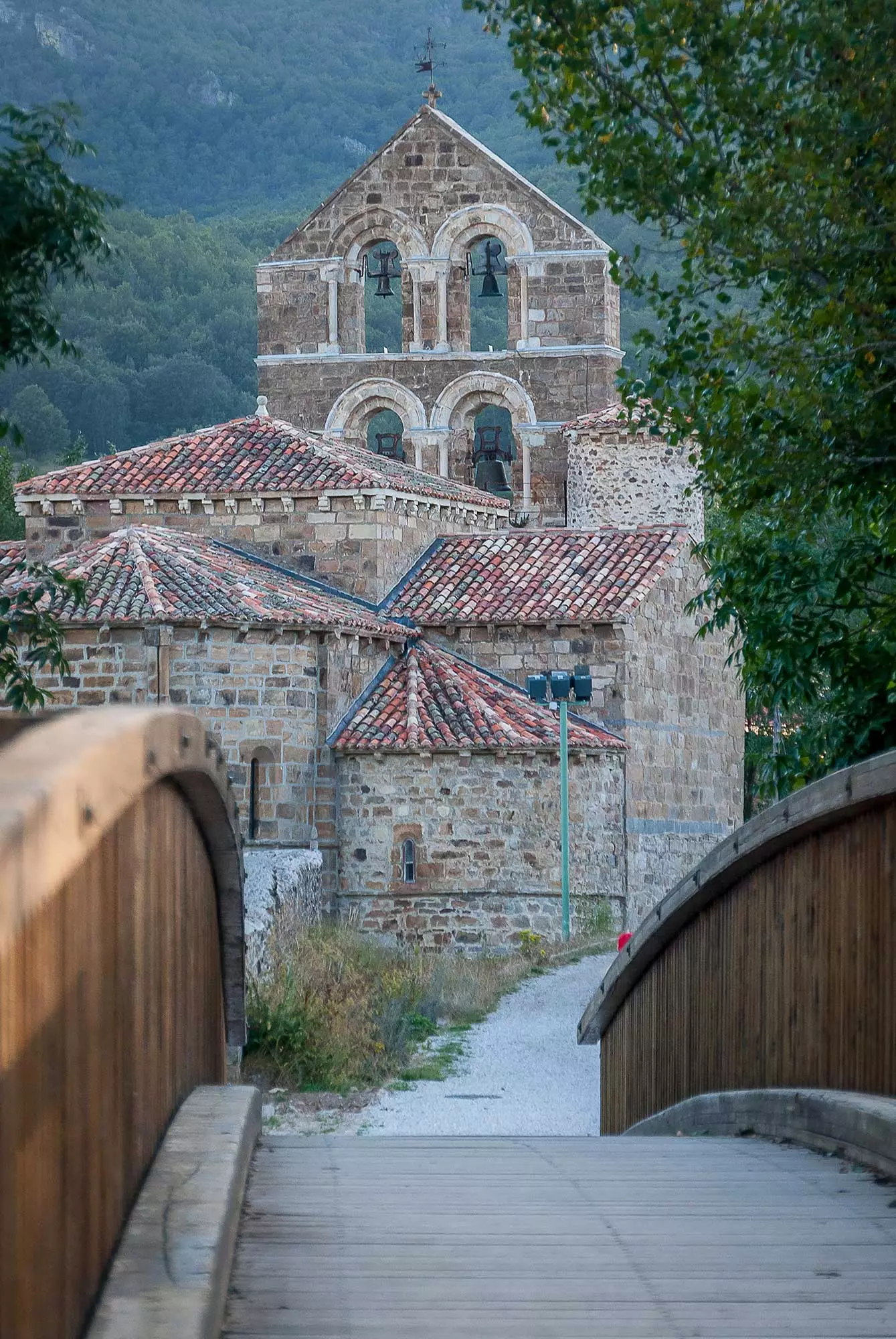
Of the various options to access Liébana, going through San Salvador de Cantamuda is highly recommended.
In need of fresh air, as the narrowness of the road is asphyxiating as it astonishes, **it is recommended that the traveler go up to the Santa Catalina viewpoint (Piñeres, Cantabria)** to admire the gorge and the autumn colors from above, as like the eagles do. Before entering Liébana, we are introduced to his younger brother, the small and charming valley of Lebeña , chaired by its Mozarabic-style church , or as revisionist scholars prefer, “repopulation art” (10th century) . The remoteness of the valley, surrounded on all its slopes by mountains that are almost a thousand meters high, attracted those who were looking for peace far from the border with Ál-Ándalus.
Today is a mandatory destination for lovers of climbing , as Lebeña has in its surroundings **numerous routes and via ferrata** that start from the neighboring town of La Hermida, highly recommended for anyone in good physical shape and without fear of heights. The final prize, in addition to the usual beer that follows every mountain route, is cool off in the warm waters of the river Deva as it passes through the Balneario de la Hermida , coming from the depths of the Picos de Europa, and which heat the river bed allowing bathing even well into winter.
After leaving the gorge behind, the beauty of Liébana is shown before us , framed by the peaks of the eastern massif of the Picos de Europa. From the road, you can't help but strain your neck trying to keep an eye on the forests running down the slopes , to the very door of the towns, licking the houses, the stables and the shoulder of the road.
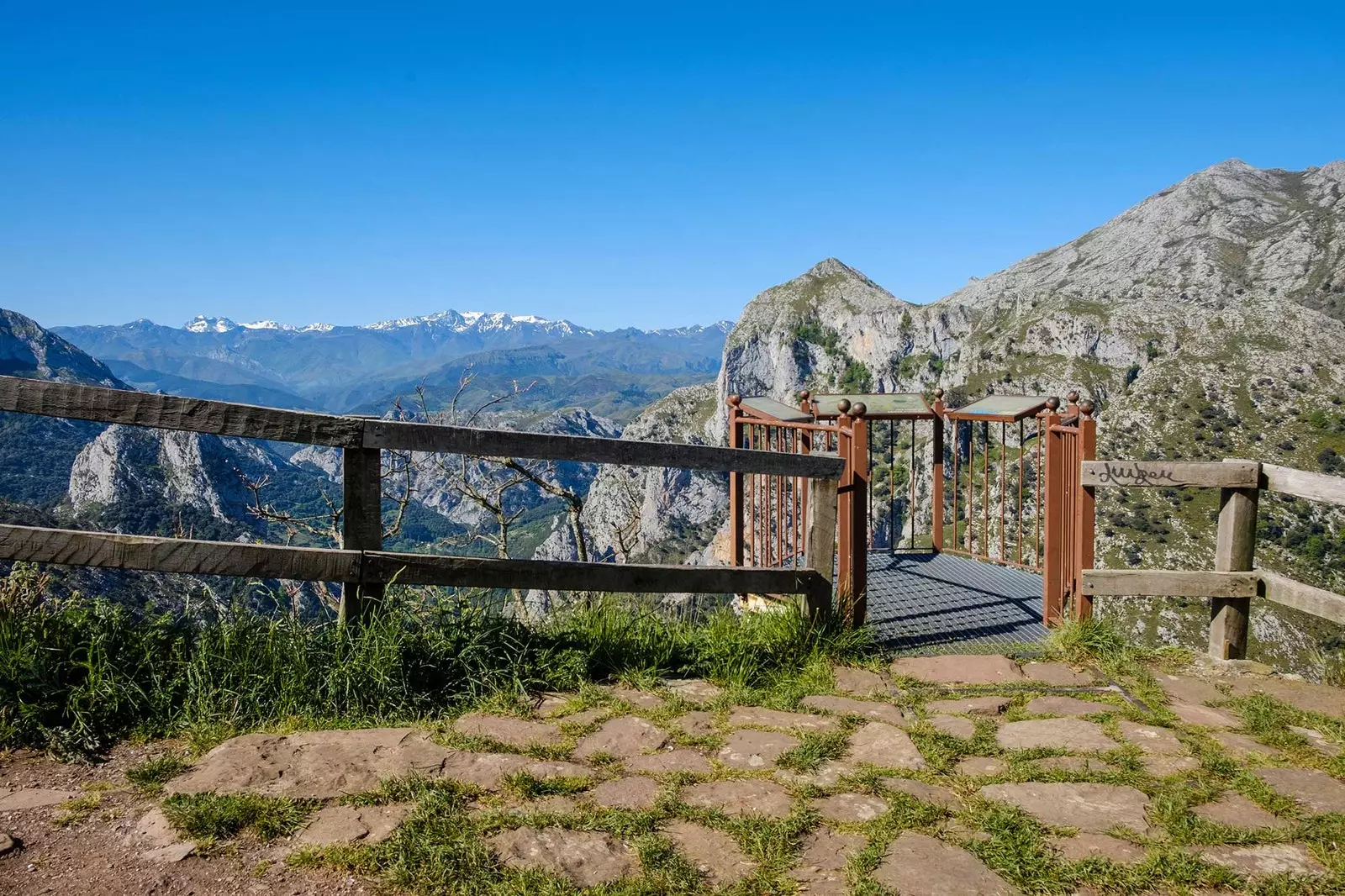
The Santa Catalina viewpoint makes you feel like you're flying over the Cantabrian mountains.
The slopes facing south are bustling with activity: it is harvest time , and Liébana, benefited by its own microclimate that places it closer to Mediterranean temperatures than to the Atlantic climate of the nearby coast, is a renowned winegrower enclave . They are famous orujos, a brandy created from the skins, seeds and waste of the grape once it has been trodden , which continues to be produced in the traditional way using huge stills.
The road that leads to Potes, capital of the valley , is a succession of businesses that offer these precious liquors, as well as goat cheeses like those produced in Baró , Y thick tudanca beef steaks , native species of the Picos de Europa and the Cantabrian mountains, highly appreciated for its resistance to the harsh climate of the summits.
The best place to savor a pinch of Liébana before entering one of its forests is surely Key House (Potes, Calle Cántabra, 6), but if we have decided to leave Potes aside to enjoy its lively afternoon, another place that will offer us a meal to match the beauty of Liébana is the Meson Los Llanos (in the town of the same name, next to the CA-185 road). It is almost mandatory to try the lebanian stew , different from the neighboring mountain both in the use of chickpeas and in the way they are tasted: like the one from Madrid, first you eat the soup, then the legumes, and lastly, the meat of the compango.
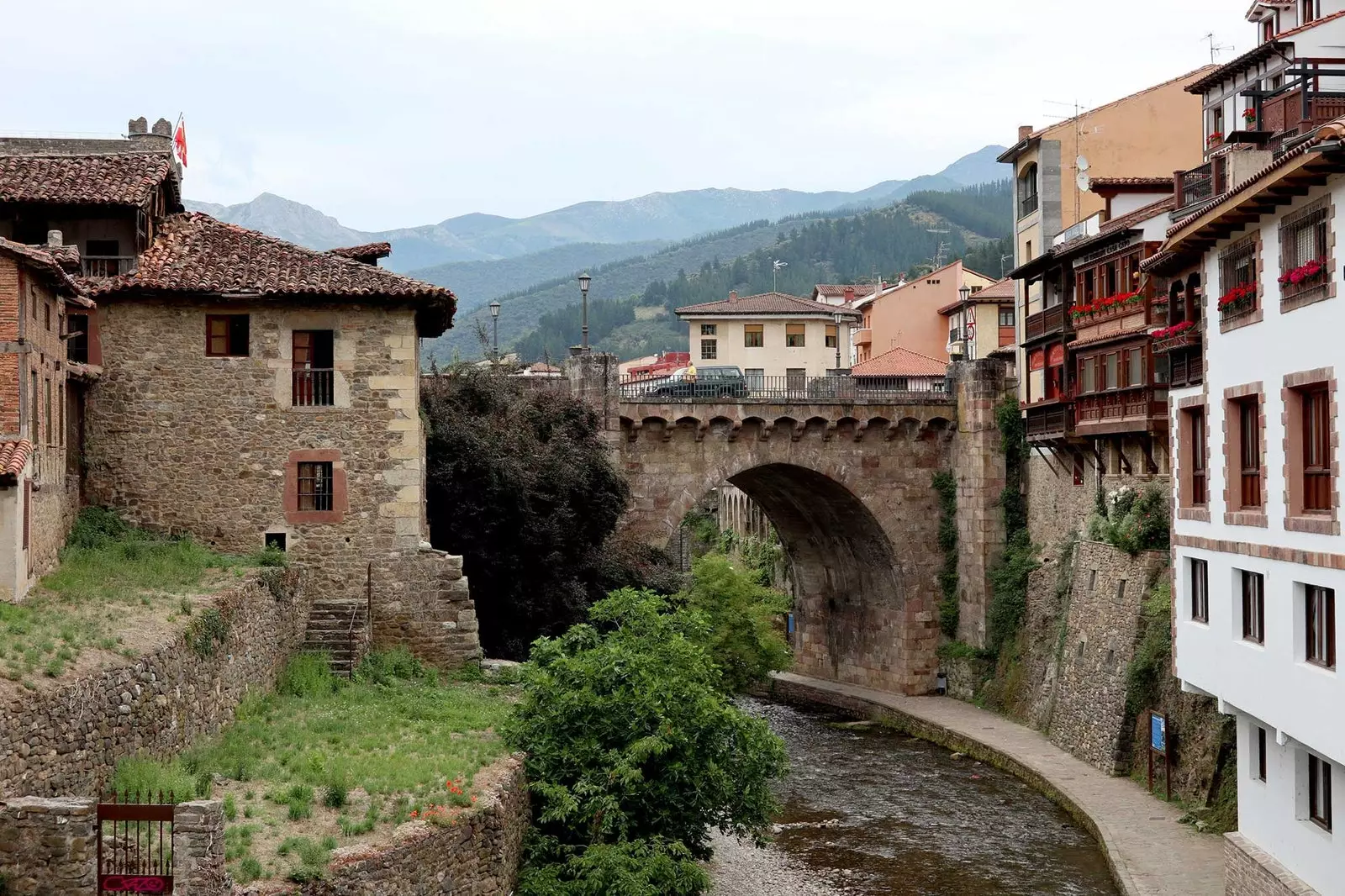
Potes exudes charm throughout its streets.
Such a copious meal can leave us without the strength to continue, so it is recommended to lie down and fall asleep under one of the large oak trees that surround the picturesque village of Mogrovejo , careful not to wake up surrounded by a herd of cows. If the legs still work, it's time to head to Saint Peter of Bedoya and face the track that leads, through numerous "zetas" carved in the walls of the Sierra de Peña Sagra, to the Braña de los Tejos (1273m).
From this wide meadow, so named because of the ancient trees that watch over it, you can enjoy one of the best views of the Picos de Europa and the vast forests that populate its south façade. The place, in the vicinity of which **a Cantabrian fort (Los Cantones) ** is found, is surrounded by legends that take it for a sacred place , where the towns prior to the arrival of the Romans held ceremonies under the light of the full moon, as is the case in many other places in Cantabria.
If the ascent to the Braña de los Tejos cannot be done, a more than comparable panoramic view of the Lebanese autumn can be obtained from the town of Cahecho, hanging at more than 800 meters of altitude . A warning for romantics: the village offers an attractive variety of ** rural accommodation for those who have begun to fall in love with Liébana ** and want to get to know her even better.
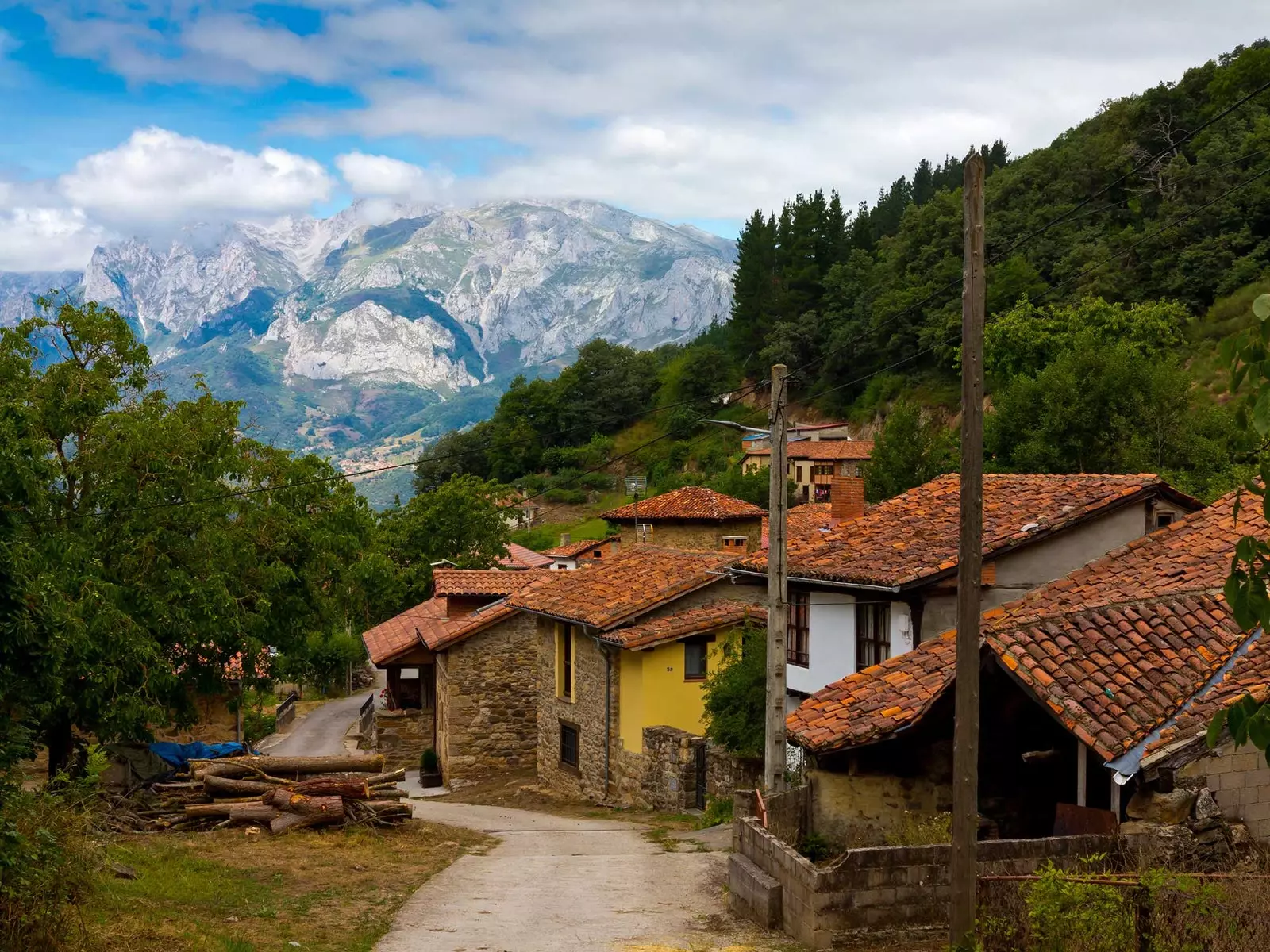
Getting lost in any of the corners of Liébana is a feast for the eyes.
There are still corners to discover where the shadows of the sunset can surprise us in the path of a bear, an increasingly frequent walker on the trails of the valley. One of them is Piasca, whose Romanesque church is one of the most famous in Cantabria : the town still conserves the traditional way of life, based on grazing, cultivation of small gardens, and craftsmanship in wood.
Liébana, until the arrival of tourism, was an isolated territory during the winter , which had to be self-sufficient in all aspects, hence the Lebaniegos and lebaniegas knew how to develop in the multiple skills that work in the field requires. A good example of this can be found in Aniezo, where the neighbors , taking advantage of the ruins of the old network of canals, mills and dams that not so many years ago allowed the people to grind their grain, They have built a Water Park that will delight the little ones.
The older ones, for their part, may not take their eyes off the oak, chestnut and beech trees that populate the steep slopes that surround the town , merging its autumn colors with the orange light of sunset, giving life the verses that Matilde Camus, the great Cantabrian poet of the 20th century, dedicated to the golden valley.
watchtower of love pure liébana
Land where the voice lives in silence,
pity is done, pilgrim tenderness,
with deep reason of feeling.
Only you, spring of light and frost,
you will quench the thirst of the pilgrims,
that thirst as old as man
and as full of dust as time
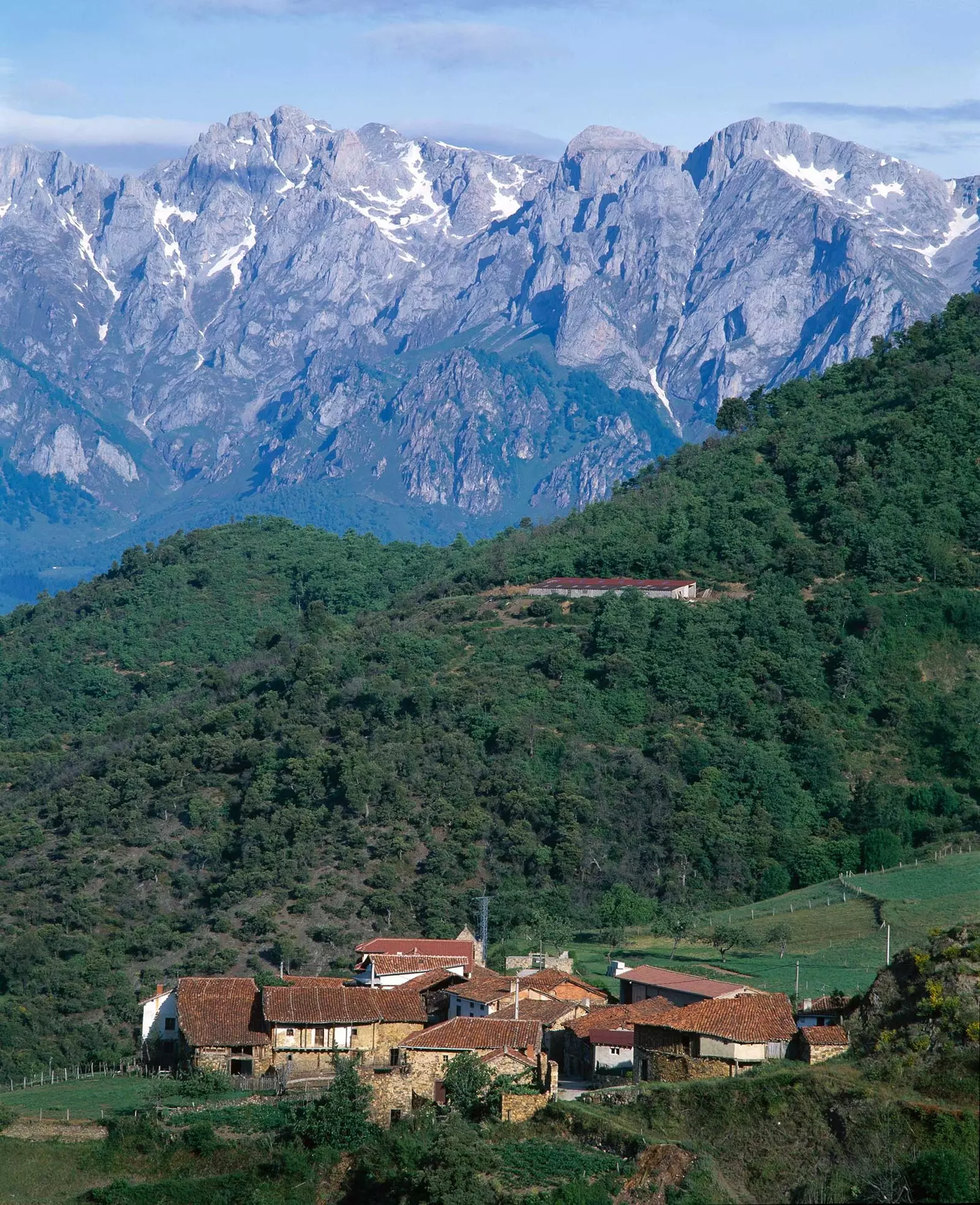
Wherever you look, Liébana will offer you an infinite landscape dyed green.
